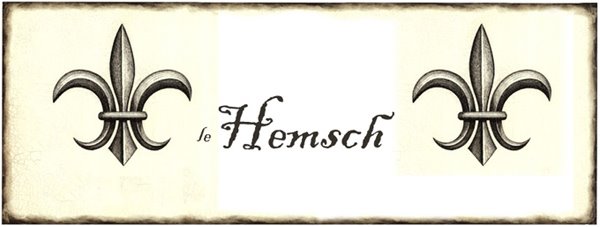So the odd angles I mentioned previously are because the instrument warped since it was built 300 years ago, and the plans show the instrument exactly as it is. I'm trying to figure out what to do now... the jackrail and upper and lower belly rails are the only things that are at odd angles.
I'm going to add a tapered (wedge-shaped) panel to the keyboard-side of the lower belly rail so it becomes perpendicular. I squared up the jackrail easily by moving the notch in which it sits. The upper belly rail doesn't go in mechanically (just with glue), so I can move that square easily. [Update: April 27]
Thursday, March 27, 2008
Looking Like a Harpsichord
Jackrail info: (this is the piece that spans the narrow dimension, at the wide end of the soundboard) Made from a 1" thick strip of poplar, with a routed molding and a 5/8" by 2.75" wide dado. The jacks (things that pluck the strings) hit this and then fall back down.
The angles in this thing will be the end of me: the jackrail is at an 89 degree angle from the spine, which is significant enough along the 33" width that I had to match it...
Wednesday, March 26, 2008
The Case Nearly Done!
Remaking: the rose and the 4' nut.
Need to make: the 8' nut.
Tomorrow: will attempt to bathe the whale again (a.k.a. damp the soundboard to swell it to 11% moisture content) so I can glue the soundboard bars and bridges.
Fitting the Soundboard
A note on moisture content: The soundboard needs to be installed in the case while it is dry so that in the summer (humid) it crowns up. It would split and crack if that was reversed. The soundboard was at six percent moisture content from sitting in the shop. It should be fitted to the case at around percent (says Zuckerman/ZHI). So I sponged it down on one side and thought the moisture would penetrate given the thinness, but I returned after letting it sit for three hours and found it had buckled up so that the center was about eight inches higher than the edges.
More later, off to work on it now.
Friday, March 21, 2008
The Upper Frame
I made the five upper frame members (fir) and glued them in to place. The design of these is pretty weird: they are about 2 inches tall, but because of the 4' hitchpin rail (glued to the underside of the soundboard; shown in the pic: the curved piece in the middle), they have large cuts in them to make space. That's understandable. The weird part is that only about 1 inch of them actually comes in contact with the side of the case, by way of the liner. The bottom half just floats. There's not much gluing surface to work with.
On Monday I get to make the little wedges that help anchor these frame members against the side of the case. Unfortunately, each of these wedges (of which there are about 20) is a different dimension, with unusual angles...
Saturday, March 08, 2008
Gluing the Liner
Thursday, March 06, 2008
Bridges, Nuts and the Wrestplank
I managed to drop my phone in a mud puddle around Thanksgiving last year, and since doing that I haven't been able to get the USB connection to work to upload photos. I just got a Bluetooth dongle today that works for file transfer, so here's the update from the past three months:
I've finished shaping both bridges and one of the nuts. The bridges are satisfactory, but the one nut that is completed is too wavy for my liking, so I will be remaking it soon. (That nut is shown at right.)
I made the wrestplank. It is made of three pieces of poplar joined together, laminated to two pieces of poplar with the grain going the other direction, veneered with soundboard spruce. The tuning pins go in the wrestplank, thus the many holes. (The hole positions were very accurately transferred from the drawings.) See pictures.
I finished making the soundboard bars (these reinforce the soundboard from the underside).
I cleaned up the case, cutting of the overhanging dovetails at the joints and grinding them smooth with a Festool sander-grinder (very cool tool).
I cut the molding into the case. I started out trying to make an authentic molding as follows: I cut a molding scraper in steel using a water jet (pictured) and attempted to scrape away the design into the whole case rim. This was taking forever, so I tried removing as much material as I could with a finish router. Still, took a long time. Then I figured that I'll be the only one who will care if the molding isn't authentic, so I just used an S-curve router bit. (It would have cost $50 to have a router bit custom made, which wasn't prohibitively expensive, but the difference was small.) I have to carve several inches of the molding near the joints, because the router can't get in to those areas.
I need to get the soundboard in this winter, otherwise I will have to wait until the next one. If the soundboard is installed during the winter, it will crown during the summers. If, on the other hand, the soundboard is installed during the summer, it will crack during the winters when it shrinks. The crowning is much preferred. I should be able to get the thing installed next week.
Peace-
Subscribe to:
Posts (Atom)

